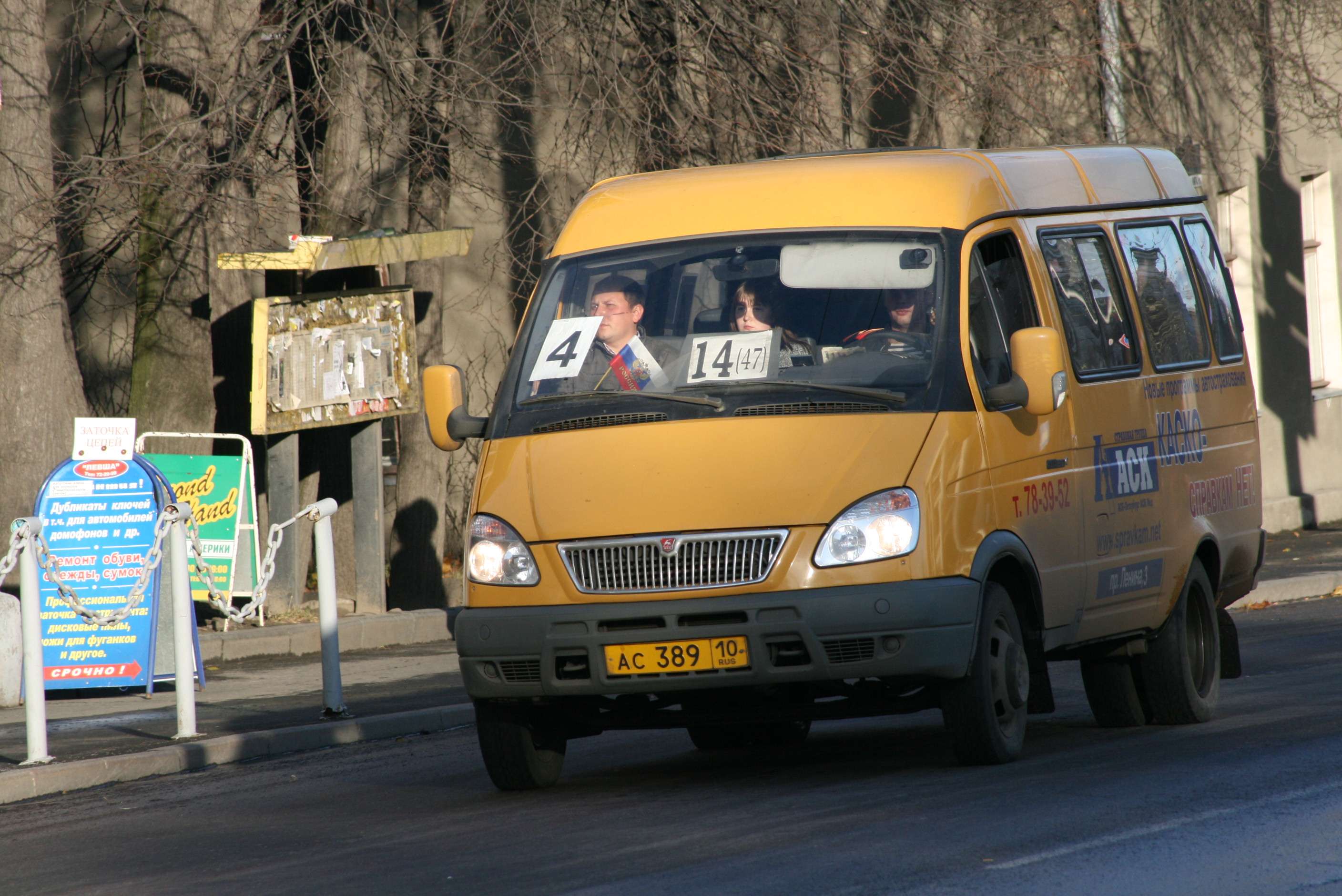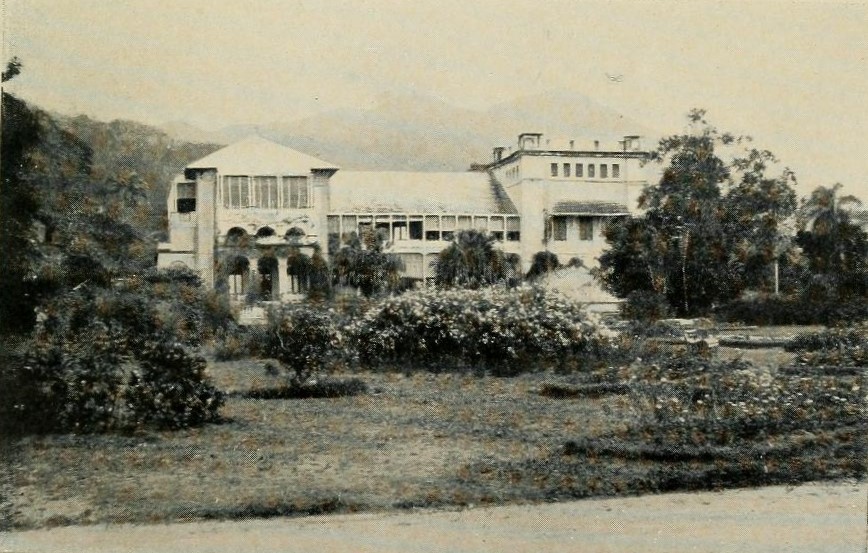|
Maxi-taxi
Maxi taxis are private, owner-operated minibuses in Romania and Trinidad and Tobago that are used in public transport. They operate along fixed routes, having fixed fares and meeting points, but do not operate under a timetable. Australia Similar maxi taxis are found in Australia. Barbados ZR buses in Barbados supplement the government-run buses. Philippines In the Philippines, maxi-taxis are referred to in English as shuttles ( Tagalog: ''siyatel''; Cebuano: ''syatol''). Trinidad and Tobago The colours of each route as follows: * Port of Spain–Arima (and onward to Sangre Grande): Red Band (G11) * Port of Spain–Diego Martin (or Chaguaramas): Yellow Band (W11) * Port of Spain–San Fernando (including Curepe–Chaguanas–Couva): Green Band (W18) * San Fernando–Princes Town (and onward to Mayaro): Black Band (W21) * South of San Fernando (Point Fortin, Cedros)–Siparia: Brown Band (W22) * Tobago: Blue Band (G17) The fares are paid on board and are based on distance. ... [...More Info...] [...Related Items...] OR: [Wikipedia] [Google] [Baidu] |
Transport In Trinidad And Tobago
Trinidad and Tobago, a country that relies heavily on industrialisation and tourism, has various transport systems. Air service Trinidad is the larger island, with a business-oriented economy and the seat of the country's government. Piarco International Airport serves the island of Trinidad with international flights to destinations in the Caribbean, South America, North America and Europe. The airport is located in the town of Piarco off the Churchill Roosevelt Highway, 30 km (19 miles) away from Port of Spain. It has been voted the best airport in the Caribbean on numerous occasions. A smaller number of international flights fly directly to Tobago's A.N.R. Robinson International Airport (formerly Crown Point International Airport). The airport is mostly kept active by the domestic airbridge, a heavily subsidized flight service between Trinidad and Tobago, operated as much as 20 times per day by Caribbean Airlines. There is also a small airfield named Camden Airstrip in Couva ... [...More Info...] [...Related Items...] OR: [Wikipedia] [Google] [Baidu] |
Marshrutka
''Marshrutka''Urban transportation systems: choices for communities (p. 254). Sigurd Grava. McGraw-Hill Professional, 2003. 840 pp. 0071384170, 9780071384179. or ''marshrutnoe taksi''THE COMPARATIVE ANALYSIS OF ENGLISH AND LITHUANIAN: TRANSPORT TERMS AND SOME METHODS OF DEVELOPING EFFECTIVE SCIENCE WRITING STRATEGIES BY NON ... [...More Info...] [...Related Items...] OR: [Wikipedia] [Google] [Baidu] |
Port Of Spain
Port of Spain (Spanish: ''Puerto España''), officially the City of Port of Spain (also stylized Port-of-Spain), is the capital of Trinidad and Tobago and the third largest municipality, after Chaguanas and San Fernando. The city has a municipal population of 37,074 (2011 census), an urban population of 81,142 (2011 estimate) and a transient daily population of 250,000. It is located on the Gulf of Paria, on the northwest coast of the island of Trinidad and is part of a larger conurbation stretching from Chaguaramas in the west to Arima in the east with an estimated population of 600,000. The city serves primarily as a retail and administrative centre and it has been the capital of the island since 1757. It is also an important financial services centre for the CaribbeanCIA World Factbook Trinidad an ... [...More Info...] [...Related Items...] OR: [Wikipedia] [Google] [Baidu] |
Chaguanas
The Borough of Chaguanas is the largest municipality (83,489 at the 2011 census) and fastest-growing – Afra Raymond, 29 July 2004. – '''', 1 October 1998 town in . Located in west-central , south of Port ... [...More Info...] [...Related Items...] OR: [Wikipedia] [Google] [Baidu] |
Transport In Turkey
Transport in Turkey is road-dominated and mostly fuelled by diesel. Transport consumes a quarter of energy in Turkey, and is a major source of air pollution in Turkey and greenhouse gas emissions by Turkey. The World Health Organization has called for more active transport such as cycling. Rail transport Rail network The TCDD – Türkiye Devlet Demir Yolları (Turkish State Railways) possess 10,984 km of gauge, of which 2,336 km are electrified (2005). There are daily regular passenger trains all through the network. TCDD has started an investment program of building 5.000 km high-speed lines until 2023. As of October 2019, three high speed train routes are running: Ankara-Eskişehir-İstanbul, Ankara-Konya and İstanbul-Eskişehir-Konya. The freight transportation is mainly organized as block trains for domestic routes, since TCDD discourages under 200 to loads by surcharges. Urban rail After almost 30 years without any trams, Turkey is experiencing a ... [...More Info...] [...Related Items...] OR: [Wikipedia] [Google] [Baidu] |
Dolmuş
In Turkey and Northern Cyprus, dolmuş () are share taxis that run set routes within and between cities. Background Their name is derived from Turkish for "seemingly stuffed" referencing the fact that in days past these taxis were often filled to the brim. They depart from the terminal only when a sufficient number of passengers have boarded. In some cities ''dolmuş'' are only allowed to board and disembark passengers at designated stops or at terminals; in less busy locations passengers may board anywhere along the route. In fact, a ''dolmuş'' with empty seats may slow to a crawl in the hopes of picking up a few more riders. A foreign passenger described the ride as being "terrifying, awe-inspiring, confusing, incomprehensible, charming, hospitable and alien", and those unfamiliar with them may be surprised by the speed of ''dolmuş'' travel. In Turkey the vehicles used are often brand-new minibuses, but in some parts of Cyprus – – aging Mercedes-Benz stretch limos ser ... [...More Info...] [...Related Items...] OR: [Wikipedia] [Google] [Baidu] |
Trinidad And Tobago Newsday
''Trinidad and Tobago Newsday'' is a daily newspaper in Trinidad and Tobago. ''Newsday'' is the newest of the three daily papers after the ''Trinidad and Tobago Guardian'' and the ''Trinidad and Tobago Express'' respectively. The newspaper was founded in 1993 by Daniel Chookolingo, Therese Mills became the first editor-in-chief she was the former editor-in-chief of the ''Guardian''. ''Newsday'' bills itself as "The People's Newspaper". The week-end edition is known as the ''Saturday Newsday''. In addition to its main offices at 17-19 Pembroke Street, Port of Spain (formerly at 23A Chacon Street) Port of Spain, the paper maintains a bureau in San Fernando and in Tobago from where they publish the local Tobago edition known as ''Newsday Tobago''. It publishes five times a week from Monday to Friday, with Friday considered the weekend edition. In 2010, ''Newsday'' began printing copies of the ''USA Today ''USA Today'' (stylized in all uppercase) is an American daily middle-ma ... [...More Info...] [...Related Items...] OR: [Wikipedia] [Google] [Baidu] |
Tobago
Tobago () is an List of islands of Trinidad and Tobago, island and Regions and municipalities of Trinidad and Tobago, ward within the Trinidad and Tobago, Republic of Trinidad and Tobago. It is located northeast of the larger island of Trinidad and about off the northeastern coast of Venezuela. It also lies to the southeast of Grenada. The official bird of Tobago is the cocrico. Etymology Tobago was named ''Belaforme'' by Christopher Columbus "because from a distance it seemed beautiful". The Spanish friar Antonio Vázquez de Espinosa wrote that the Kalina people, Kalina (mainland Caribs) called the island ''Urupina'' because of its resemblance to a big snail, while the Island Caribs, Kalinago (Island Caribs) called it ''Aloubaéra'', supposedly because it resembled the ''alloüebéra'', a giant snake which was supposed to live in a cave on the island of Dominica. The earliest known record of the use of the name ''Tabaco'' to refer to the island is a Spanish royal order is ... [...More Info...] [...Related Items...] OR: [Wikipedia] [Google] [Baidu] |
Siparia
Siparia is a town in southern Trinidad, in Trinidad and Tobago, south of San Fernando, southwest of Penal and Debe and southeast of Fyzabad. Also called "The Sand City", it was originally a non-Mission Amerindian settlement. Siparia grew to be the administrative centre for Saint Patrick County, and later the Siparia Regional Corporation. Today it is a commercial centre and market town serving the surrounding agricultural areas and oil fields. Siparia is also the seat of the Siparia Regional Corporation. La Divina Pastora (Siparia Mai) Siparia is the site of the annual festival of (Mary, as the mother of the Good Shepherd), named for the church's patron saint. The festival occurs each year on the saint's day of La Divina Pastora, a few weeks after Easter. The same statue, a Black Virgin, is venerated by Hindus during a separate festival, held on Good Friday and Maundy Thursday. The Hindu celebration is often referred to the "Siparia Fete". She is La Divina Pastora, the Divine She ... [...More Info...] [...Related Items...] OR: [Wikipedia] [Google] [Baidu] |
Cedros, Trinidad And Tobago
The coastal area known as Cedros lies on a peninsula at the South-Western end of the island of Trinidad. Located at the tip of the peninsula, Cedros or Bonasse as it is more commonly known especially on maps, lies mere miles off the coast of Venezuela, and is the most southern point in the Caribbean. According to a Trinidad Guardian article, "Cedros is the closest legal point of entry to Venezuelans wishing to enter Trinidad and Tobago." Economic history Cedros has historically been a fishing village and coconut grove, producing much of the coconuts for harvest. Widely considered on the island as a rural area, the proximity of Cedros to the South American mainland has led to many drug cartels from South America trying to bring their cargoes via the Gulf of Paria into the Caribbean region or though Cedros. As a countermeasure to suppress the drug trade using Venezuela, the Venezuelan government routinely sends gunships to patrol the waters between Trinidad and Tobago and Venezuela ... [...More Info...] [...Related Items...] OR: [Wikipedia] [Google] [Baidu] |
Point Fortin
Point Fortin, officially the Republic Borough of Point Fortin, the smallest Borough in Trinidad and Tobago is located in southwestern Trinidad, about southwest of San Fernando, in the historic county of Saint Patrick. After the discovery of petroleum in the area in 1906 the town grew into a major oil-producing centre. The town grew with the oil industry between the 1940s and 1980s, culminating in its elevation to borough status in 1980. After the end of the oil boom Point Fortin was hit hard by economic recession in the 1980s and the closure of its oil refinery. Construction of a Liquefied Natural Gas plant by Atlantic LNG in late 1990s boosted the economy. History and development At the beginning of the 20th century (before the discovery of oil), Point Fortin was an agricultural community with three distinct and separately owned cocoa and coconut estates. These estates were sparsely populated. Employment was provided for a small number of workers who depended on the estates f ... [...More Info...] [...Related Items...] OR: [Wikipedia] [Google] [Baidu] |








